
Figure 1: Simplified structures of two peptides. The top peptide is made from three alanines, and on the bottom is the peptide alanine-proline-alanine. The peptide bonds are shown in red.
This is the first part in a 3-part series, written by Chris Hamilton of Hillsdale College. The second and third parts will be posted tomorrow (Thursday) and the next day (Friday). Hear an interview and tasting of samples on Basic Brewing Radio – September 4, 2014.
Gluten is a popular topic lately when it comes to food and beer, both due to an increased awareness of Celiac disease and popular diets which eschew any gluten containing food or beverages. Chris Colby wrote the article, Gluten and Brewing, back in November of 2013 that summarizes many of the challenges in brewing a gluten-free beer. The part of gluten and hordein (the barley equivalent of gluten) that can cause problems for some people is the protein gliadin.
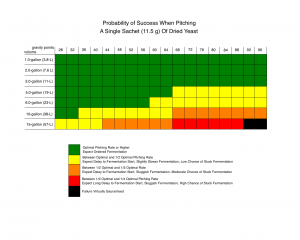
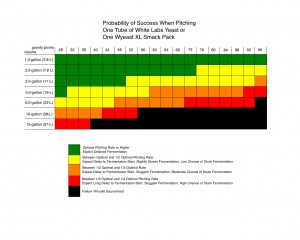
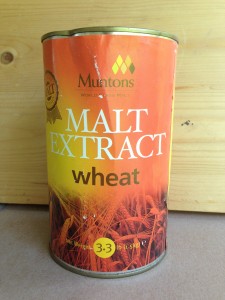

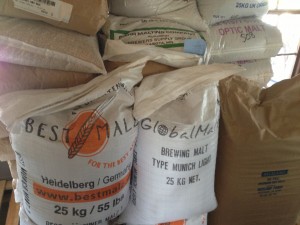


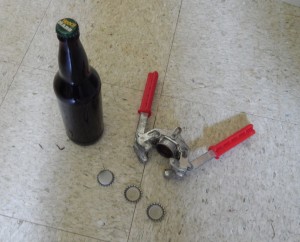
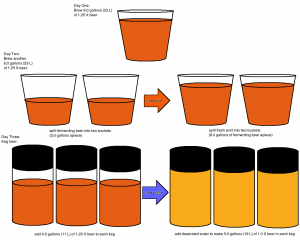

Recent Comments